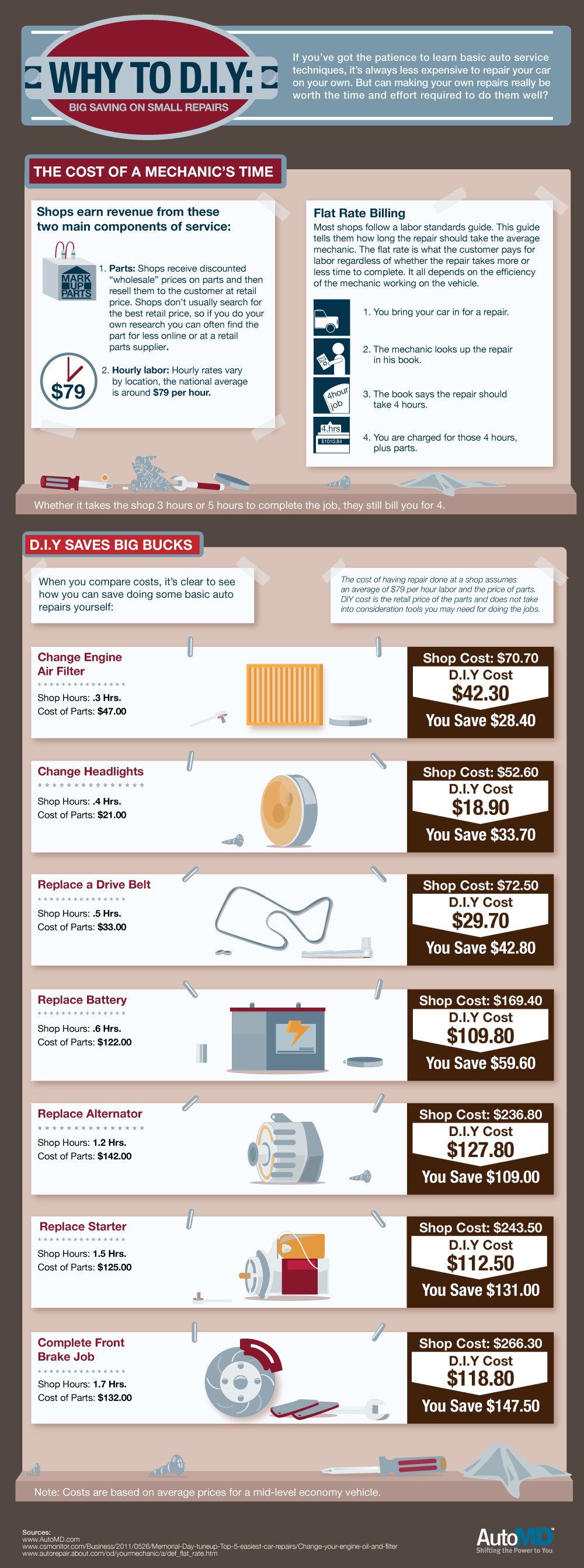Gain Understanding Into The Dashboard Warning Lights In Your Automobile To Comprehend Their Effects On Your Vehicle'S Well-Being And Safety And Security
Gain Understanding Into The Dashboard Warning Lights In Your Automobile To Comprehend Their Effects On Your Vehicle'S Well-Being And Safety And Security
Blog Article
Written By- brake repair flagstaff
When you're behind the wheel, those glowing warning lights on your dashboard can be a bit difficult. Do you know what they're trying to inform you regarding your vehicle's wellness? Recognizing the importance of these lights is vital for your safety and security and the durability of your car. So, the next time among those lights pops up, would not you want to analyze its message properly and take the required steps to address it?
Common Caution Lighting and Interpretations
Determine typical caution lights in your car and comprehend their meanings to make certain risk-free driving.
One of the most normal caution lights include the check engine light, which indicates concerns with the engine or emissions system. If this light comes on, it's crucial to have your car examined promptly.
The oil stress cautioning light suggests low oil pressure, calling for instant attention to stop engine damage.
A flashing battery light may suggest a faulty billing system, possibly leaving you stranded if not attended to.
The tire stress surveillance system (TPMS) light informs you to low tire stress, affecting lorry security and gas efficiency. Ignoring this might bring about harmful driving conditions.
The ABS light shows a trouble with the anti-lock stopping system, compromising your capability to quit swiftly in emergencies.
Lastly, the coolant temperature level alerting light warns of engine overheating, which can lead to severe damage otherwise settled promptly.
Understanding these usual caution lights will certainly help you deal with concerns promptly and preserve safe driving problems.
Significance of Prompt Focus
Recognizing the usual caution lights in your auto is just the primary step; the relevance of promptly resolving these cautions can not be highlighted enough to guarantee your safety and security when traveling.
When a caution light brightens on your control panel, it's your auto's way of connecting a possible problem that needs interest. Neglecting these cautions can cause much more serious problems in the future, compromising your safety and security and possibly costing you extra in repairs.
Prompt focus to advising lights can protect against failures and accidents. For example, a flashing check engine light could indicate a misfire that, if left ignored, could cause damage to the catalytic converter. Addressing this immediately can save you from a costly repair service.
Similarly, a brake system cautioning light could signal reduced brake liquid or used brake pads, important elements for your security when driving.
DIY Troubleshooting Tips
If you notice a warning light on your control panel, there are a few DIY fixing pointers you can attempt prior to seeking specialist help.
The first step is to consult your automobile's guidebook to recognize what the details warning light suggests. In some cases the concern can be as easy as a loose gas cap activating the check engine light. Tightening up the gas cap may settle the issue.
One more typical issue is a reduced battery, which can cause numerous cautioning lights. Examining link webpage for rust and ensuring they're safe may repair the issue.
If a caution light lingers, you can attempt resetting it by separating the car's battery for a few minutes and afterwards reconnecting it. In addition, examining your car's liquid levels, such as oil, coolant, and brake fluid, can help repair advising lights connected to these systems.
Verdict
In conclusion, recognizing your vehicle's caution lights is crucial for keeping your car running smoothly and safely. By quickly attending to these signals and knowing what they mean, you can stay clear of costly repairs and prospective break downs.
Remember to consult your vehicle's handbook for specific details on each warning light and do something about it appropriately to ensure a hassle-free driving experience.
Keep notified, remain risk-free when traveling!
